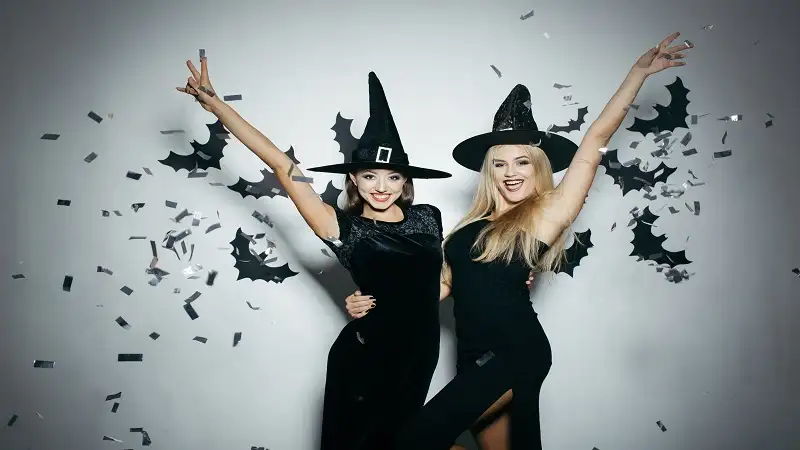The Batman logo is one of the most iconic and recognizable symbols in popular culture. Since its debut in 1939, the logo has undergone numerous transformations, reflecting changes in the character, the times, and the creative vision behind the Batman franchise. The code logo:gqlysettlo4= batman might refer to a specific iteration or a design element within the vast history of the Batman logo. This article delves into the evolution, significance, and cultural impact of the Batman logo, exploring its various iterations and the contexts in which they were developed.
The Birth of the Batman Logo
1939: The Original Bat Symbol
The original Batman logo, created by Bob Kane and Bill Finger, was a simple yet striking bat silhouette. This logo appeared on the character’s chest and served as a symbol of fear for Gotham’s criminals. The design was minimalistic, emphasizing the bat’s wings and adding a sense of mystery and darkness to Batman’s persona.
1940s: Refinement and Recognition
Throughout the 1940s, the Batman logo underwent several refinements. The bat symbol became more stylized and streamlined, making it more recognizable. This period also saw the introduction of the oval backdrop, which became a staple of the logo for many years. The yellow oval not only made the symbol stand out but also added a sense of heroism to Batman’s image.
The Silver Age and the Iconic Oval
1960s: The Classic Yellow Oval
The 1960s brought significant changes to the Batman logo, most notably the addition of the yellow oval. This version of the logo was popularized by the 1966 logo:gqlysettlo4= batman television series starring Adam West. The bright yellow oval with the black bat inside became synonymous with Batman during this era, reflecting a more light-hearted and campy interpretation of the character.
Impact on Merchandise and Media
The yellow oval logo became a marketing powerhouse, appearing on countless pieces of merchandise, from comic books to toys and clothing. This version of the logo solidified Batman’s presence in mainstream media and popular culture, making him a household name.
The Dark Knight Returns
1980s: The Return to Darker Roots
The 1980s saw a shift in the Batman franchise towards a darker and more mature tone, largely influenced by Frank Miller’s “The Dark Knight Returns” and Alan Moore’s “The Killing Joke.” The logo during this period reflected this change, with the oval sometimes being omitted in favor of a more minimalist and shadowy bat symbol.
1989: Tim Burton’s Batman
Tim Burton’s 1989 “Batman” film reintroduced the yellow oval logo, but with a more gothic and stylized design. This version of the logo was sleek and modern, fitting the dark, atmospheric tone of Burton’s vision. The film’s success cemented this iteration of the logo in the minds of a new generation of fans.
The Modern Era
2000s: Christopher Nolan’s Realism
Christopher Nolan’s “The Dark Knight” trilogy brought another transformation to the logo:gqlysettlo4= batman. The films emphasized realism and a grounded approach to the character, and the logo reflected this with a more subdued and less stylized design. The bat symbol became more angular and sharp, fitting the gritty and intense nature of Nolan’s films.
2010s and Beyond: The DC Extended Universe
The DC Extended Universe (DCEU) introduced a new iteration of the Batman logo for Ben Affleck’s portrayal of the character. This version featured a larger and more robust bat symbol, reflecting the older and more battle-worn version of Batman depicted in the films. The logo continued to evolve, with each new film and portrayal bringing subtle changes to its design.
The Cultural Impact of the Batman Logo
A Symbol of Justice and Vigilance
The Batman logo has always been more than just a design; it is a symbol of justice, vigilance, and the fight against evil. It represents the dark and brooding nature of Batman’s mission, as well as his unwavering dedication to protecting Gotham City. The logo’s evolution mirrors the character’s journey and the changing tastes and attitudes of society.
Influence on Fashion and Art
The Batman logo has had a significant influence on fashion and art. It has been incorporated into countless clothing designs, tattoos, and artworks. The simplicity and boldness of the logo make it a versatile and enduring symbol that continues to inspire artists and designers.
Conclusion
The Batman logo, encapsulated in the enigmatic logo:gqlysettlo4= batman represents a rich history of design evolution and cultural significance. From its humble beginnings as a simple bat silhouette to its various transformations reflecting the changing times and creative visions, the logo remains an enduring symbol of one of the greatest superheroes of all time. Its impact on popular culture, fashion, and art is a testament to its timeless appeal and the lasting legacy of Batman. See More
